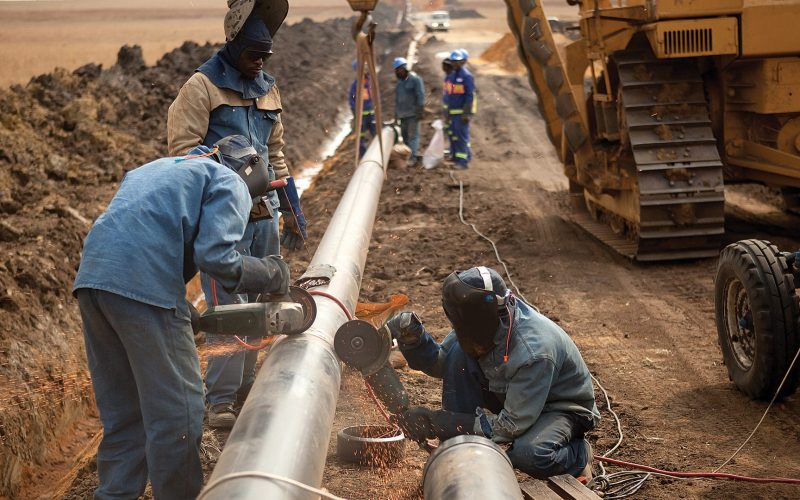THE VOICE FOR THE ENERGY CONSUMER

Help lower Connecticut’s electricity prices. Contact your legislator today! You can help by urging your legislator to support SB 106! This bill would open up the state’s competitive bidding process.

CEA President David Holt discussed the importance of ensuring an efficient confirmation process to provide the Federal Energy Regulatory Commission a quorum. “FERC plays a key role in evaluating and.

While testifying before Congress, LiUNA’s General President Terry O’Sullivan discusses the importance of energy infrastructure jobs to families across the nation. In February, a congressional subcommittee held a hearing on.

Pipelines being constructed across Ohio are contributing millions of dollars to funds supporting public education. Tuscarawas Valley Superintendent Mark Murphy is working to utilize these funds to invest in new.

CEA’s Chris Ventura discussed how energy exploration and infrastructure construction in the Ohio Valley is helping to attract new businesses and revitalize communities. “Now, more than ever before, energy issues.

CEA’s Brydon Ross discusses the impact delaying pipeline projects will have on Georgia’s families and businesses. For the first time in two decades, Georgia is evaluating its process for approving.

CEA Alaska Executive Director Anne Seneca discussed the importance of offshore energy for Alaska’s families. After years of limitations on natural resource development in our state, President Trump’s decision to.
Washington, D.C. — Consumer Energy Alliance (CEA) President David Hold issued the following statement today thanking President Trump for his leadership and working to nominate two highly-qualified individuals to fill.

While outdoor recreation can be a pastime or a passion, for some it is a lifestyle. Camping and other recreation activities are enjoyed by people all over the United States,.

Brydon Ross, Southeast Director for CEA recently discussed the importance of pipelines in South Carolina. Federal data has proven, time and again, that there’s only one type of infrastructure that.